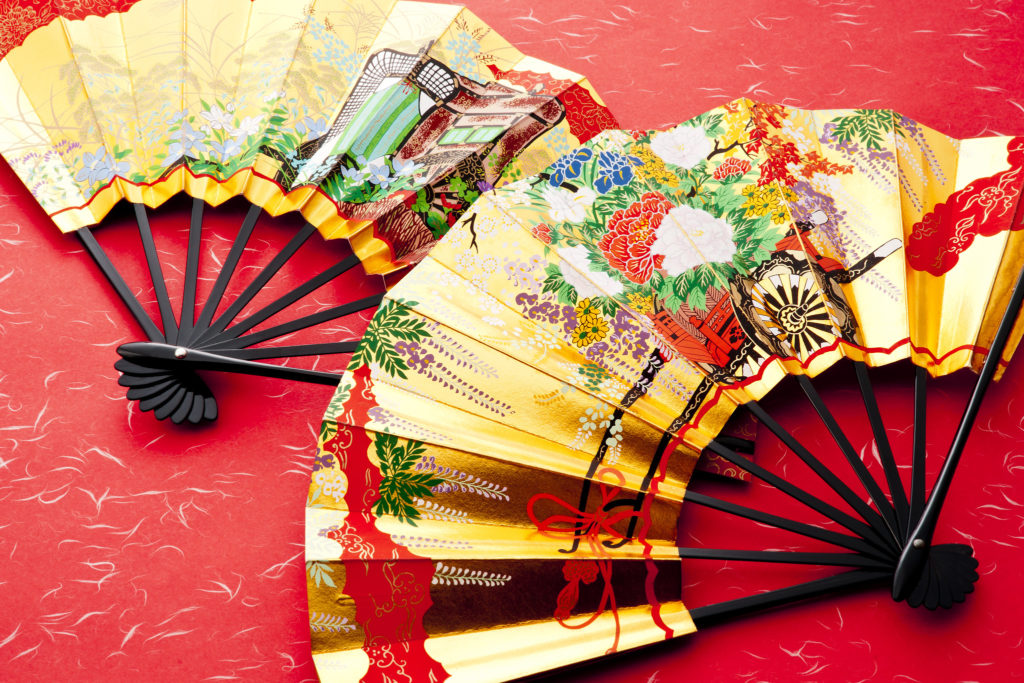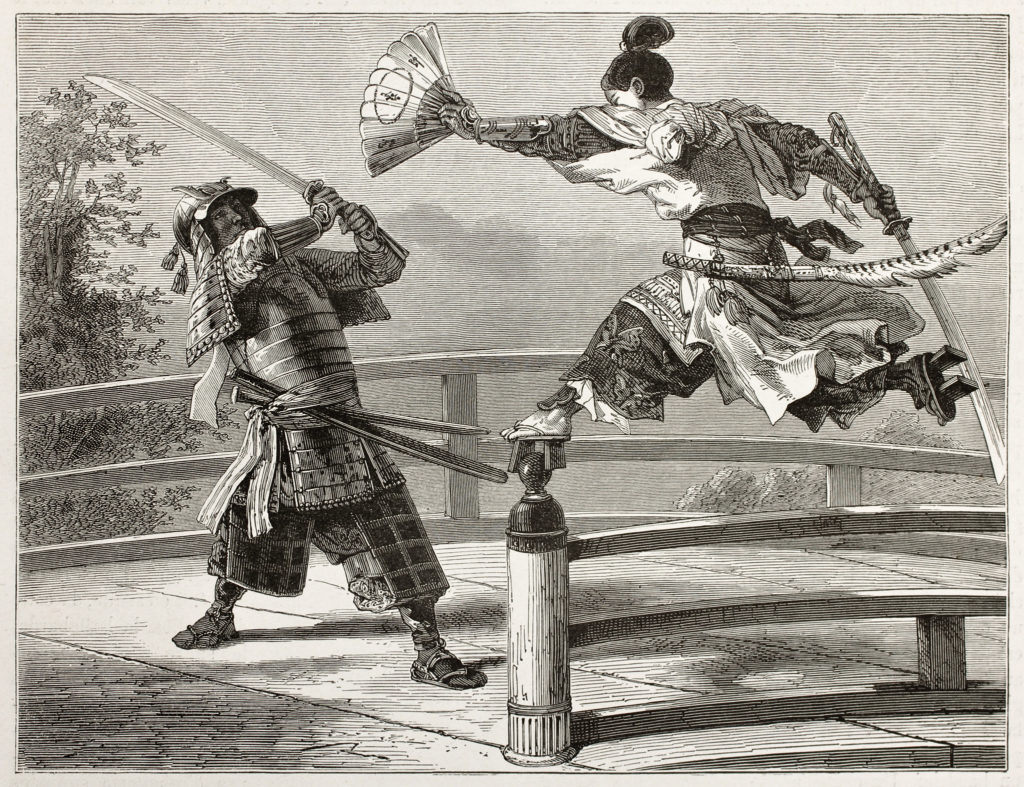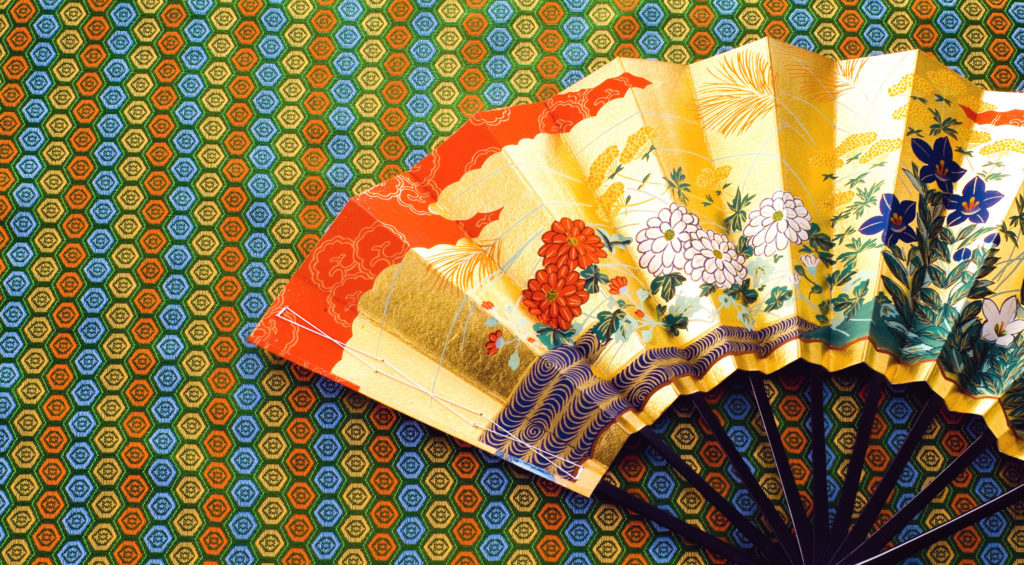
The Story of Japanese Folding Fans
Summer is just around the corner, and one great way to keep cool is with a foldable hand fan. With just a few flicks of your wrist you can create your own refreshing summer breeze. Hand fans have been around for thousands of years and have a colorful history.
Japanese hand fans were originally used by the Samurai class and Japanese aristocrats. They were initially used as a form of material to write on to communicate messages, as an instructive tool to educate, a symbol of status, and even as a weapon.
Samurai fighting using a war fan or tessen.
They were not used as a way to keep cool, nor were they meant to be craft or decorative items. Japanese hand fans were supposed to remain closed and only opened when absolutely necessary.
Ancient Japanese burial tombs from the 6th century CE give us the earliest visual depiction of fans through drawings. The folding hand fan is believed to have been invented in Japan sometime in the 6th to 9th century. The first Japanese folding fans were called Akomeōgi (衵扇 ), after the dresses worn by Japanese court women, the Akome.
The Song Sui (History of Song), one of the official Twenty-Four Histories of China that recounts the history of the Song Dynasty (960–1279), speaks of a Japanese monk named Chōnen who gave a gift of folding fans (twenty wooden-bladed fans (hiōgi) and two paper fans (kawahori-ōgi) to the emperor of China in 988.
Japanese fan.
During the 11th century, Korean envoys brought Korean folding fans known to be of Japanese origin as presents for the Chinese court. During the Heian period (794 to 1185 A.D.), folding fans became so popular in Japan that laws were passed to restrict the decorations on paper folding fans and the hiōgi. The fans are made of thin strips of Japanese cypress (hinoki) and thread. By law, the number of strips of wood should reflect the rank and status of a person.
Japan came to be known for the quality and beauty of their hand fans and, by the 15th century A.D., began exporting them to China. The fans quickly spread across Europe through trade and the Silk Road where they were much coveted as decorative art pieces. By the 18th and 19th century, many European women from all social classes carried a folding fan as part of their daily ensemble. Today, folding fans are one of the most convenient ways to cool off. It’s really handy and does not require batteries or an electric charge: a simple solution for keeping cool during summer.

